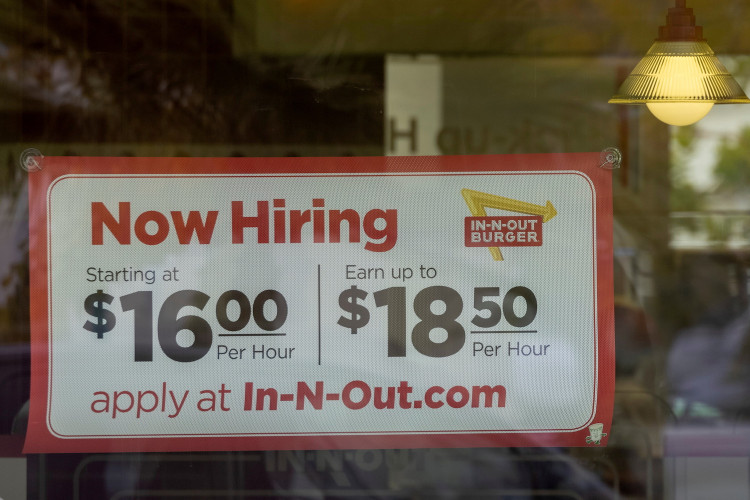Job openings in the United States rose unexpectedly in October, defying forecasts and offering a mixed picture of the labor market as hiring slowed and payroll growth hit a multi-year low. The Bureau of Labor Statistics (BLS) reported on Tuesday that job openings reached 7.74 million, an increase from September's revised figure of 7.37 million.
The October rise in job openings exceeded the 7.51 million forecast by economists surveyed by Bloomberg and pushed the openings rate as a share of the labor force to 4.6% from 4.4% the previous month. The latest data reflects a labor market that remains resilient despite headwinds, including major labor strikes and storms disrupting economic activity in parts of the country.
"Today's report is yet another indication that labor demand is softening but not collapsing," Eugenio Aleman, chief economist at Raymond James, noted in a commentary following the release.
The Job Openings and Labor Turnover Survey (JOLTS) also revealed a notable drop in hiring. Employers made 5.31 million hires during the month, down by 269,000 from September. The hiring rate fell to 3.3% from 3.5%, marking one of the weakest hiring months in recent memory.
Quits, often viewed as a measure of worker confidence, rose to 3.3 million in October, reversing a downtrend and reaching the highest level since May. The quits rate climbed to 2.1% from 1.9% in September, aligning with rising consumer optimism about labor market conditions. "The quits rate rose for the first time since May 2023, signaling a greater willingness for workers to leave their positions," said Matthew Martin, senior economist at Oxford Economics.
This increase in quits corresponds with improving consumer sentiment, as measured by The Conference Board's Consumer Confidence survey. In November, the labor market differential-the gap between respondents saying jobs are "plentiful" versus "hard to get"-rose for the second consecutive month to 18.2%.
October also saw layoffs decline to 1.63 million, a decrease of 169,000 from September. The layoffs rate remained stable at 1.0%, suggesting that employers are holding onto workers despite slower hiring.
The mixed data arrive at a pivotal time for the Federal Reserve, which closely monitors the JOLTS report for signs of labor market tightness or slack. Markets are currently pricing in a 75% probability of a quarter-point interest rate cut at the Fed's upcoming December 18 meeting, according to the CME FedWatch Tool.
These trends precede the November jobs report, set to be released Friday, which is expected to show a rebound in employment growth. Economists project that nonfarm payrolls rose by 220,000 in November, following October's lackluster addition of just 12,000 jobs, the lowest monthly increase since December 2020.






